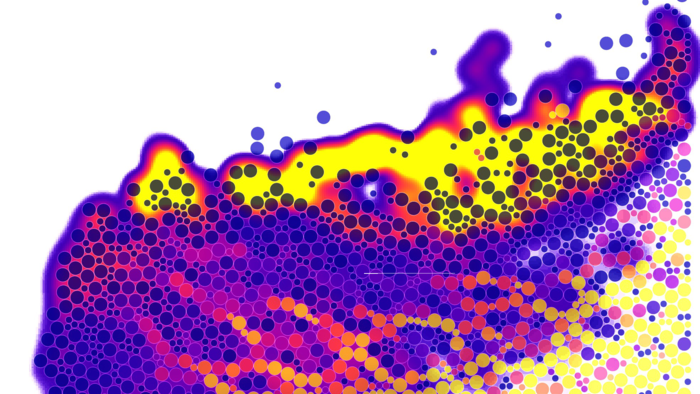University of Twente [ 24 months ]
Procter & Gamble Technical Centres Ltd [ 12 months ]
Turn on Javascript!
Turn on Javascript!
Turn on Javascript!
I am Retief Lubbe from South Africa. I received my honours degree in Physics at the University of Pretoria. During my studies I have developed high performance spatial partitioning algorithms for-GPU-Discrete Element Method (DEM). I later moved to Beijing, China and graduated from Tsinghua University with a masters degree in Geotechnical Engineering where I worked on applying GPU DEM at a representative volume element (RVE) level for high performance multi-scale problems and calibration of geomaterials. My current project moves past the solid regime of granular material into the transition from flowing and stopping. The objective is to find a viable continuum solution for this transition for various industrial processes.


One of the main mechanical challenges in particle systems is the complex yielding transition from static to motion and back to jammed states. This creates considerable handling problems in industry for transport of particles, e.g., ensuring uniform flowability and composition until packages reach the consumer. Polydispersity and varying particle shapes add complexity to these handling problems.


